Hiking for Beginners
Hiking for Beginners-the easy way is full of tips and suggestions to get you started in this outdoor activity. Hiking is an excellent cardiovascular exercise.
Hiking for Beginners is the easiest sport or physical activity to get started in, except for walking. That being said, hiking is also walking and as a beginner, wanting to get into hiking, simply get out and go walking. Walk around the block a few times, if you live in a city. If you live in a more rural setting, find a nearby trail and walk down this trail to see where it leads.
Get some miles or kilometres under your belt before you get consumed by all the mumbo-jumbo. People have been walking for millennia, long before fancy, multi-coloured pieces of equipment, replete with flashing lights, and bells and whistles were invented.
Put on some comfortable footwear, dress for the weather, and go! Once you close the door and start walking, … you are a hiking beginner. From there, things will get easier and better.
1. Simplicity and the Right Attitude
I’m all for simplicity. Too often we complicate things and make our lives more muddled and perplexed than we intended to in the first place. In Hiking for Beginners-the easy way, I want to emphasize the simplicity that is embedded in hiking. Hiking can be described as going on a long walk. If you have no physical issues that prevent you from walking, this is the best place to begin.
Keep it simple. If you are new to hiking, don’t get caught up in all the mumbo-jumbo for your first 5 to 10 hikes. Hiking is an easy sport to get started in. It can become your pathway to many other outdoor and wilderness activities, such as backpacking, photography, fishing, or even gold panning. This new world is just outside your door, waiting for you to jump in, feet first, … pun intended!
It requires very little equipment to get started, and you can continue to hike for a long time without any significant expenses. All that is required is excellent footwear and a good backpack.
The reason I begin here is that when things get too complicated, they are often less enjoyable. When this happens, we tend to abandon these activities for more simple things. After all, part of this reason to go hiking is to relax and get away from the stressful lives we live every day.
To begin, simply go outdoors, and start walking.
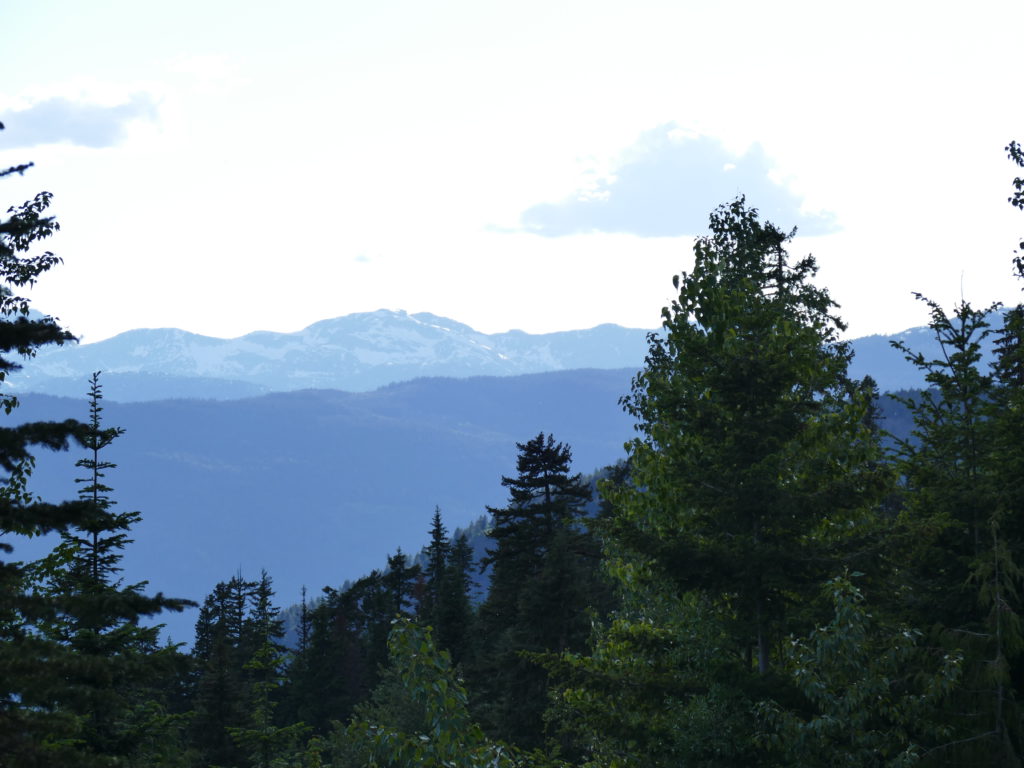
2. Plan
As you move up from walking to hiking, you can refine this activity with a little planning. Make a plan.
Our plans don’t always unfold the way they should. Make a plan, and life happens. Having a plan serves as a guideline to get you moving in the direction you want.
Part of planning for a hike includes deciding where you will be going, and what type of weather conditions you can expect when you get there. Knowing what type of terrain to expect can be determined by reading a map of the area you will be hiking in. This will influence what you bring and what you wear.
Having a map and compass is part of my 10 essentials, and this is also an excellent place for you to begin as well. Topographic Maps can provide you with a lot of information about the terrain, and the elevation gain to expect. These maps will also show mountain peaks, valleys, lakes, and rivers. The more you understand how to read these maps, the more information you can derive from them.
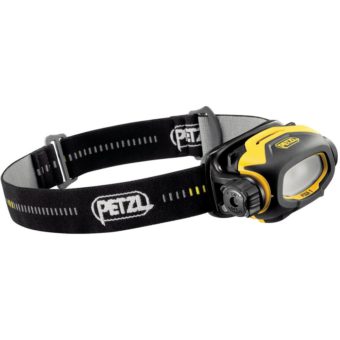
3. The 10 Essentials
The 10 Essentials are a list of items and tools that you should carry with you at all times when hiking in a wilderness setting. They have, in some circles, evolved into a list of “systems” that are only a different name for the same thing.
As you become a more seasoned hiker, you can call them whatever you want, as long as you end up with these 10 essentials. I find that systems can complicate things, and make you forget things that are essential.
4. Clothing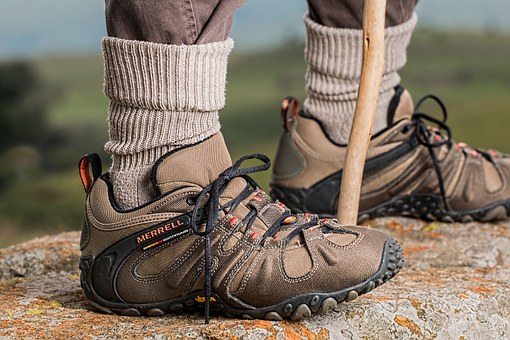
Dress for the occasion. I’m sure you’ve heard this expression before. Clothing is simply what you wear when you go outside and since hiking is a lot about walking, begin here. Your footwear is the most important item in this category. I often run into people with aching feet, aching backs, and tired bodies.
Many of these problems are the result of bad footwear and many hikers, and especially women, often choose their footwear on looks, completely disregarding how this footwear feels on their feet.
If you are in this category, I suggest you revisit this necessary item of clothing so that you are better served when you try your footwear in person. Bring the socks that you will be wearing and use them when trying out your new boots or shoes. Walk around the store with them on, and then try a few more pairs.
Dress in layers so that you can add or subtract layers when needed. Raingear belongs to this category as well.
5. Your Backpack
Next to your footwear, your backpack is the next big issue to focus on and you will need a snug, well-fitted pack, with adjustable shoulder straps, an adjustable hip belt, and an adjustable sternum strap. This pack is going to carry all your “stuff”. How much does your backpack weigh?
Are you carrying a lot of unnecessary weight? If you are going on a day hike, you do not need to carry food for 3 to 5 days. Remember that you will be carrying all this weight so a heavy backpack loaded with all kinds of unnecessary junk, will quickly ruin your hike before it ruins your day.
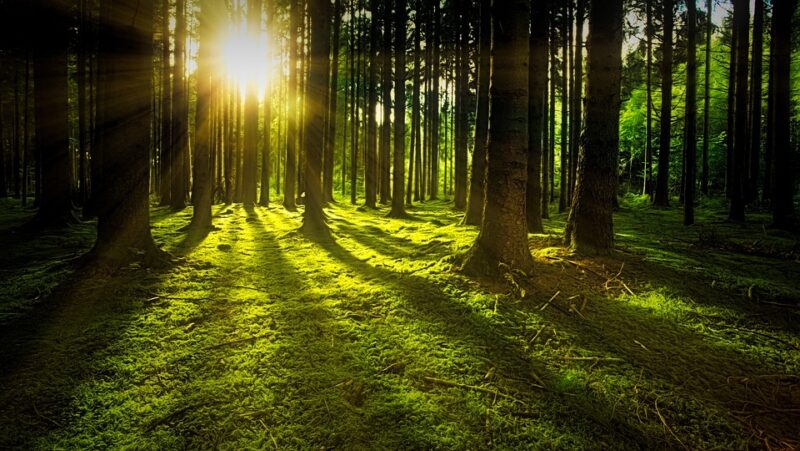
6. Easy or Difficult
Described hikes and trails are often classified by the degree of difficulty, and people with time on their hands have developed complicated formulas that include multiplication and extracting square roots to achieve numbers that may or may not apply to the trails and terrain you will be hiking.
Let me make this easy for you. In the beginning, think of your hikes are EASY, MODERATE, and DIFFICULT.
- EASY Hikes are mostly on level ground with some small inclines. They are suitable for anyone who enjoys walking and is usually less than 3 miles.
- MODERATE Hikes are the next step up. More inclines and steeper sections. Their distance is in the 3 to 5-mile range.
- DIFFICULT Hikes are longer and steeper and from 7 to 10 miles.
- VERY DIFFICULT Hikes are only for the well-prepared and in excellent physical condition. They are long and steep, include rock scrambling, crossing streams, and all other challenging terrains. Their distance is ranked at 8 or more miles.
Learn to pace yourself to enjoy this activity. These degrees of difficulty can help you decide your first few hikes.
7. Leave No Trace
Leave no trace is a way of thinking about the environment.
“Leave No Trace”, is a euphemism for, … “Don’t Be A PIG!”
Don’t throw your Garbage all over God’s Green Earth!
Leaving the hustle and bustle of the city behind is one of the main reasons why so many of us get addicted to hiking. Personally, I find it very annoying when I’m out in the middle of nowhere and I come across garbage that could have easily been brought back for proper disposal.
No one should be able to tell that you have been there.

8. Hike with a Partner
In the beginning, try not to hike alone, if this is possible. Since you are new to hiking, it’s always best to bring someone along.
Imagine breaking your leg, 3 miles from your vehicle, and darkness is closing in on you. If you feel confident that you can manage this situation, then, by all means, head out alone. If you want to hike alone, make sure you are prepared to meet the challenges that may rear their ugly head.
Many people hike alone and that’s fine with me. I do quite a bit of it, but my recommendation is that you gain a bit of experience and mileage before you attempt this in a remote setting.
9. Tell someone where you are going
Don’t be too secretive or selfish, unless you are a hermit living in a cave.
Think about your family and friends who will have to search all over God’s creation to find you. Think of the Search and Rescue teams that are almost all volunteers taking the time off from work to look for your sorry A$$.
A simple message, and the name of a creek or river, can make it easier to find you.
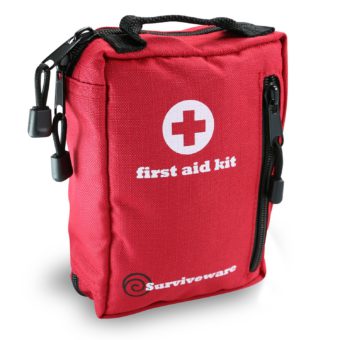
10. Personal Health and Safety
Wild animals, rough terrain, widow-makers, polluted drinking water, toxic mushrooms, and poisonous snakes are only some of the many things you can encounter while your our experiencing your first hike.
These dangers are not present on all hikes, and in every environment. This is why a bit of planning and a map of your area can be very helpful. Scouting an area, on paper, and doing some research before you go, gives you a better idea of what to expect on the trail.
There are no poisonous snakes where I hike, so I can scratch that one off my list immediately. I carry a water filtering device, another problem solved. I don’t eat mushrooms that I cannot POSITIVELY identify.
Knowledge and common sense go a long way to keeping you healthy and safe when used appropriately.
This is also the section to talk about First Aid. Get a First Aid Kit, and take a First Aid course, as soon as possible. This will be of benefit when you return home, is easy to carry, and may help someone in need someday.
Hiking for Beginners-the easy way
At the outset, I mentioned planning for your hike. I don’t write my plans in stone, but they serve to make the journey more predictable and enjoyable. These are some things to consider when preparing for your first hike.
- What is your level of fitness?
- What time of year is this and how will the weather affect your hike?
- How much distance are you expecting to cover?
- How long will it take to cover this distance?
- What is the Elevation Gain?

Tips for being a good person on the Trail
- Don’t be a PIG! pick up your garbage
- Stay on the trails
- hikers on the way up have the right of way
- no one wants to hear your music, wear headphones
- keep your dog on a leash and under control
- talking is fine, yelling above everybody else is another issue
- no one wants to hear your cell phone conversation
- a simple “hi” will determine whether others want to converse
- asking for directions and trail conditions is fine
- be respectful and others will be as well
- add your tips here!
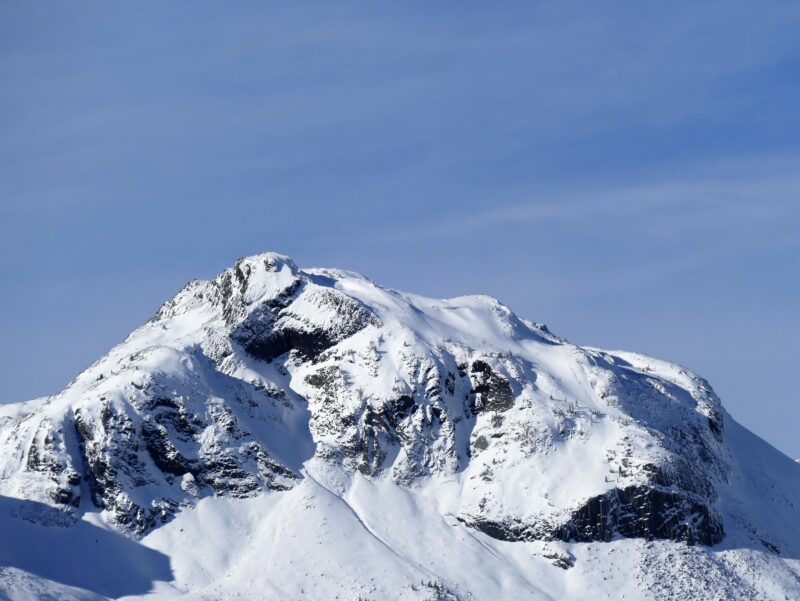
Now What?
Begin planning your next hike. Hiking for Beginners-the easy way, should not be complicated. Put your boots or shoes on, and go.
Start with an easy walk to work or school. Walk around the neighbourhood or around the lake, at your local park.
Leave your comments in the space below with the details of your first attempts at hiking. I love adventure stories.

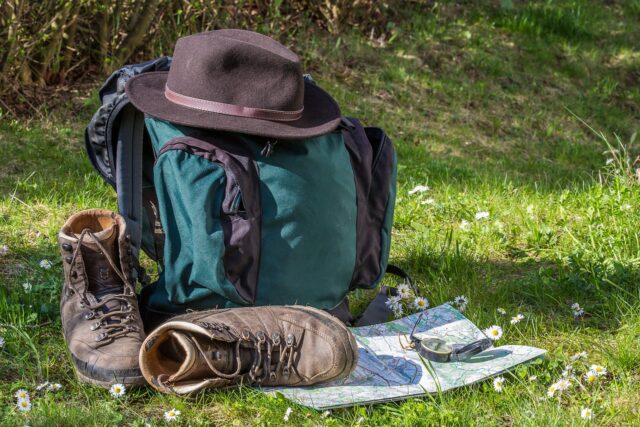
Thank you for sharing valuable advice for beginning hikers. It can be overwhelming for a city slicker to venture out onto a trail for the first time, but a little advance planning can make even a beginner ready for most anything they will encounter. I think the most important thing to remember is to have enough water for everyone in your party — having a water filtration device or lifestraw is even better!
Hi Aly.
I’m pleased to hear that you enjoy hiking.
I agree that water is very important to hikers and especially so if you’re hiking in dry or desert conditions.
Letting someone know where you’re going is another must. Good footwear and a map and compass seal the deal.
Happy Trails.
Paul